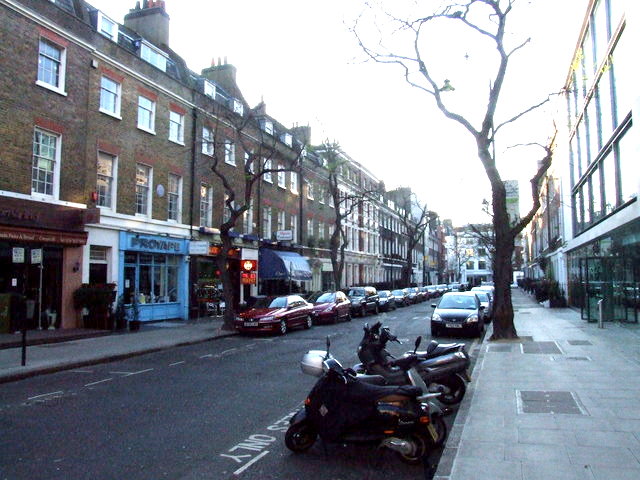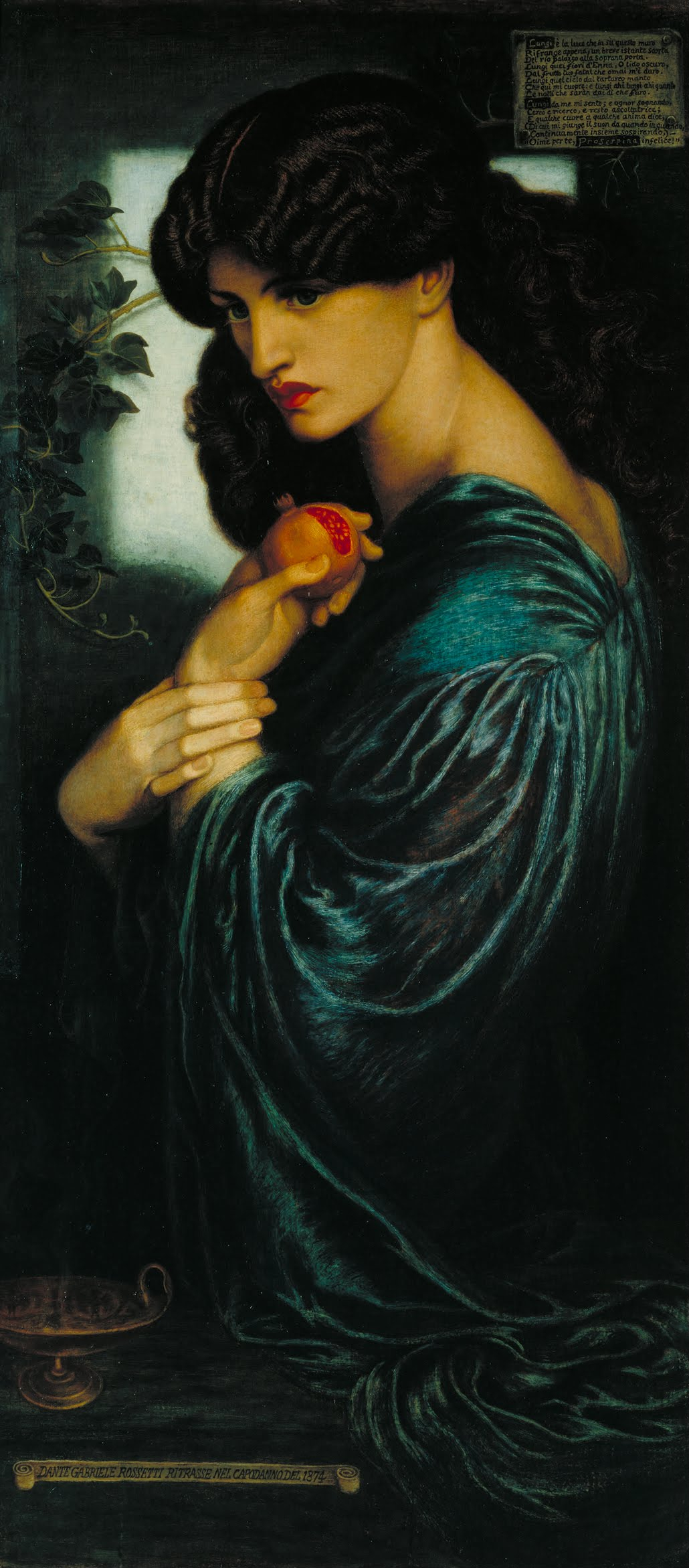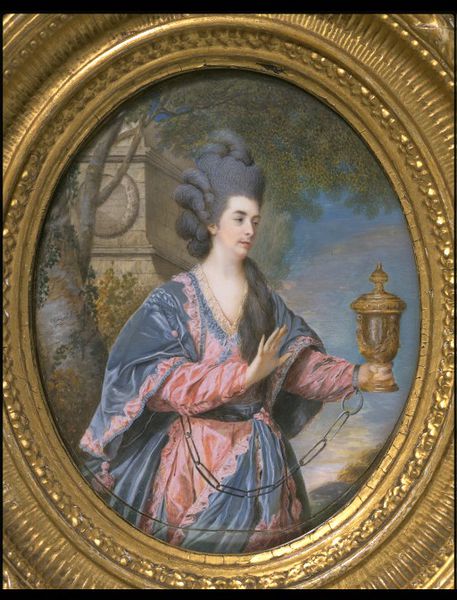|
Percy Street
Percy Street is a street in the London Borough of Camden that runs from Rathbone Street in the west to Tottenham Court Road in the east. At its western end it is joined by Rathbone Place and Charlotte Street. Nearby Percy Mews is off Rathbone Place. The street was built in the 1760s and is known for the number of artists that have lived there. History The land on which Percy Street is built was owned by Francis and William Goodge. They granted leases on the south side in 1764 and the north side in 1766. Twenty-eight houses had been completed by 1770.Percy Street , ''Survey of London, Volume 21, The parish of St Pancras part 3: Tottenham Court Road & Neighbourhood''. 1949. British History Online. Retrieved 13 November 2014. Buildings [...More Info...] [...Related Items...] OR: [Wikipedia] [Google] [Baidu] |
Percy Street, Fitzrovia - Geograph
The English surname Percy is of Norman origin, coming from Normandy to England, United Kingdom. It was from the House of Percy, Norman lords of Northumberland, derives from the village of Percy-en-Auge in Normandy. From there, it came into use as a given name. It is also a short form of the given name Percival, Perseus, etc. People Surname * Alf Percy, Scottish footballer * Algernon Percy (other) * Charles H. Percy (1919–2011), American businessman and politician * Eileen Percy (1900–1973), Irish-born American actress * George Percy (1580–1632), English explorer, author, and colonial governor * Henry Percy, 1st Earl of Northumberland (1341–1408), son of Henry de Percy, 3rd Baron Percy, and a descendant of Henry III of England * Henry Percy (Hotspur) (1364–1403), eldest son of Henry Percy * Hugh Percy, 2nd Duke of Northumberland (1742–1817), British lieutenant-general in the American Revolutionary War *James Gilbert Percy (1921–2015), American Marine of ... [...More Info...] [...Related Items...] OR: [Wikipedia] [Google] [Baidu] |
The Vorticists At The Restaurant De La Tour Eiffel, Spring 1915
''The Vorticists at the Restaurant de la Tour Eiffel, Spring 1915'' is a 1961–1962 painting by the English artist William Roberts. It depicts the Vorticist group gathered at a French restaurant in London. Description The painting shows a crowded table inside the restaurant of the Hôtel de la Tour Eiffel at 1 Percy Street, London. Around the table are the key members of Vorticism, a British abstract art movement that flourished briefly in the 1910s. The six seated men are, from left to right: Cuthbert Hamilton, Ezra Pound, William Roberts, Wyndham Lewis, Frederick Etchells and Edward Wadsworth. Etchells holds a copy of the first issue of the Vorticist magazine '' Blast''. In the doorway to the left are the movement's two female members, Jessica Dismorr and Helen Saunders. Standing to the right are the waiter Joe and the restaurant's proprietor, Rudolph Stulik. Creation The Tour Eiffel restaurant had been visited frequently by the Poets' Club of T. E. Hulme, including F. ... [...More Info...] [...Related Items...] OR: [Wikipedia] [Google] [Baidu] |
Pre-Raphaelite
The Pre-Raphaelite Brotherhood (later known as the Pre-Raphaelites) was a group of English painters, poets, and art critics, founded in 1848 by William Holman Hunt, John Everett Millais, Dante Gabriel Rossetti, William Michael Rossetti, James Collinson, Frederic George Stephens and Thomas Woolner who formed a seven-member "Brotherhood" modelled in part on the Nazarene movement. The Brotherhood was only ever a loose association and their principles were shared by other artists of the time, including Ford Madox Brown, Arthur Hughes and Marie Spartali Stillman. Later followers of the principles of the Brotherhood included Edward Burne-Jones, William Morris and John William Waterhouse. The group sought a return to the abundant detail, intense colours and complex compositions of Quattrocento Italian art. They rejected what they regarded as the mechanistic approach first adopted by Mannerist artists who succeeded Raphael and Michelangelo. The Brotherhood believed the Classi ... [...More Info...] [...Related Items...] OR: [Wikipedia] [Google] [Baidu] |
George Orwell
Eric Arthur Blair (25 June 1903 – 21 January 1950), better known by his pen name George Orwell, was an English novelist, essayist, journalist, and critic. His work is characterised by lucid prose, social criticism, opposition to totalitarianism, and support of democratic socialism. Orwell produced literary criticism, poetry, fiction and polemical journalism. He is known for the allegorical novella ''Animal Farm'' (1945) and the dystopian novel '' Nineteen Eighty-Four'' (1949). His non-fiction works, including '' The Road to Wigan Pier'' (1937), documenting his experience of working-class life in the industrial north of England, and '' Homage to Catalonia'' (1938), an account of his experiences soldiering for the Republican faction of the Spanish Civil War (1936–1939), are as critically respected as his essays on politics, literature, language and culture. Blair was born in India, and raised and educated in England. After school he became an Imperial policeman ... [...More Info...] [...Related Items...] OR: [Wikipedia] [Google] [Baidu] |
Sonia Orwell
Sonia Mary Brownell (25 August 1918 – 11 December 1980), better known as Sonia Orwell, was the second wife of writer George Orwell. Sonia is believed to be the model for Julia, the heroine of ''Nineteen Eighty-Four''. Sonia collaborated with the Information Research Department (IRD), a propaganda department of the British Foreign Office, which helped to increase the international fame of ''Animal Farm'' and ''Nineteen Eighty-Four''. With her support, the IRD was able to translate ''Animal Farm'' into over 16 languages, and for British embassies to disseminate the book in over 14 countries for propaganda purposes. Soon after her husband's death, Sonia sold the film rights to ''Animal Farm'' to the American Central Intelligence Agency (CIA). This deal resulted in the creation of the propaganda film ''Animal Farm'' (1954), which became the first feature length animated film made in Britain. Early life Brownell was born in Calcutta, British India, the daughter of a British coloni ... [...More Info...] [...Related Items...] OR: [Wikipedia] [Google] [Baidu] |
Blue Plaque
A blue plaque is a permanent sign installed in a public place in the United Kingdom and elsewhere to commemorate a link between that location and a famous person, event, or former building on the site, serving as a historical marker. The term is used in the United Kingdom in two different senses. It may be used narrowly and specifically to refer to the "official" scheme administered by English Heritage, and currently restricted to sites within Greater London; or it may be used less formally to encompass a number of similar schemes administered by organisations throughout the UK. The plaques erected are made in a variety of designs, shapes, materials and colours: some are blue, others are not. However, the term "blue plaque" is often used informally to encompass all such schemes. The "official" scheme traces its origins to that launched in 1866 in London, on the initiative of the politician William Ewart, to mark the homes and workplaces of famous people. It has been administer ... [...More Info...] [...Related Items...] OR: [Wikipedia] [Google] [Baidu] |
Charles Laughton
Charles Laughton (1 July 1899 – 15 December 1962) was a British actor. He was trained in London at the Royal Academy of Dramatic Art and first appeared professionally on the stage in 1926. In 1927, he was cast in a play with his future wife Elsa Lanchester, with whom he lived and worked until his death. He played a wide range of classical and modern parts, making an impact in Shakespeare at the Old Vic. His film career took him to Broadway and then Hollywood, but he also collaborated with Alexander Korda on notable British films of the era, including ''The Private Life of Henry VIII'', for which he won the Academy Award for Best Actor for his portrayal of the title character. He portrayed everything from monsters and misfits to kings. Among Laughton's biggest film hits were '' The Barretts of Wimpole Street'', ''Mutiny on the Bounty'', '' Ruggles of Red Gap'', '' Jamaica Inn'', '' The Hunchback of Notre Dame'', '' The Big Clock'', and ''Witness for the Prosecution'' ... [...More Info...] [...Related Items...] OR: [Wikipedia] [Google] [Baidu] |
Henry Pierce Bone
Henry Pierce Bone (6 November 1779 – 21 October 1855 London) was an English enamel painter. Life Bone was the son of Henry Bone, the notable enamel painter, and Elizabeth Van der Meulen, a descendant of the distinguished battle-painter Adam Frans van der Meulen. His brother was the artist Robert Trewick Bone (1790–1840). He received his art education from his father. He commenced as a painter in oils, and exhibited some portraits at the age of twenty. In 1806 he began painting classical subjects, and continued doing so until 1833, when he reverted to his father's art of enameling, which he continued to practise until the year of his death. In 1846 he published a catalogue of his enamels. He was appointed successively enamel painter to Adelaide of Saxe-Meiningen and to Queen Victoria and Albert of Saxe-Coburg and Gotha. Though his enamels did not attain the quality of his father's, they display very considerable ability, and he was not only a rapid sketcher, but his desig ... [...More Info...] [...Related Items...] OR: [Wikipedia] [Google] [Baidu] |
Peter De Wint
Peter De Wint (21 January 1784 – 30 January 1849) was an English landscape painter. A number of his pictures are in the National Gallery, the Victoria and Albert Museum and The Collection, Lincoln. He died in London. Biography De Wint was the son of an English physician of Dutch extraction who had come to England from New York. He was born in Stone, Staffordshire. In 1800, William Hilton was apprenticed to the engraver John Raphael Smith, and around the same time enrolled at the Royal Academy school. Another apprentice from 1802 was Peter De Wint, they were inseparable friends. Apprenticed to John Raphael Smith, the mezzotinter and portrait painter, he bought his freedom from Smith in 1806, on condition that he supplied 18 oil paintings over the following two years. In 1806 he visited Lincoln for the first time, with the painter of historical subjects William Hilton, R.A., whose sister Harriet he married in 1810. They had one child, Helen De Wint (1811–1873). ... [...More Info...] [...Related Items...] OR: [Wikipedia] [Google] [Baidu] |
Edward Hodges Baily
Edward Hodges Baily (10 March 1788 – 22 May 1867; sometimes misspelled ''Bailey'') was a prolific English sculptor responsible for numerous public monuments, portrait busts, statues and exhibition pieces as well as works in silver. He carved friezes for both the Marble Arch and Buckingham Palace in London. His numerous statues of public figures include that of Horatio Nelson on top of Nelson's Column and Charles Grey, 2nd Earl Grey on Grey's Monument in Newcastle upon Tyne. Throughout his career Baily was responsible for creating a number of monuments and memorials for British churches and cathedrals, including several in St Paul's Cathedral. Biography Baily was born in 1788 at Downend in Bristol to Martha Hodges (1755-1836) and William Hillier Baily (1763-1834), a woodcutter who specialised in carving ship's figureheads. At the age of fourteen he was placed as an accounts clerk in a mercantile house, where he worked for two years, though he continued to produce wax models a ... [...More Info...] [...Related Items...] OR: [Wikipedia] [Google] [Baidu] |
Samuel Cotes
Samuel Cotes (1734–1818) was a younger brother of Francis Cotes, R.A. He was a successful painter of miniature portraits and also worked in crayons. He died in Chelsea in 1818. Life He was third son of Robert Cotes, mayor of Galway, who settled in London, became a doctor and married Elizabeth, daughter of Francis Lynn, chief secretary to the Royal African Company. He was brought up by his father for the medical profession, but was encouraged by his brother Francis Cotes's success as a painter to take up art; he received instruction from Francis. Cotes retired from active life some years before his death. He resided in Paradise Row, Chelsea, London, where he died 7 March 1818 in his eighty-fifth year. Works Cotes became known as a portrait painter; his crayon portraits were also admired. He painted in miniature both on enamel and on ivory, and exhibited from 1760 to 1789 at the exhibitions of the Incorporated Society of Artists, of which he was a fellow, and at the Royal Acade ... [...More Info...] [...Related Items...] OR: [Wikipedia] [Google] [Baidu] |
Godefroy Durand
Godefroy Durand (1832, Düsseldorf – 27 September 1896, Paris) was a German-born French illustrator and draughtsman, who worked in both France and Great Britain. Life Durand was born in Düsseldorf to French parents. He trained in Paris under the painter Léon Cogniet, and then worked in Paris in the 1860s for many of the leading French illustrated newspapers of the time, including '' L'Univers Illustré,'' ''L'Illustration'' (1864), ''Le Monde Illustré'' (1870) and '' Le Journal Illustré''. He also had work published in the ''Illustrated News of the World '' in 1859. He moved permanently to London in 1869 to take up full-time illustrative work for the newly established illustrated weekly newspaper ''The Graphic'', where he became a "special artist." The obituary by his former employer noted how he had been with the British newspaper "from its inception" on 4 December 1869 for several decades until the 1890s. He exhibited ''Un Coup de Canon'' (1870) at the Suffolk Street Ga ... [...More Info...] [...Related Items...] OR: [Wikipedia] [Google] [Baidu] |







